Istanbul might be our favorite city in the world. Where else can you see Byzantine churches, mosques by Sinan that will take your breath away, and be transported back to the time of Constantine?
Some background
videos + essays
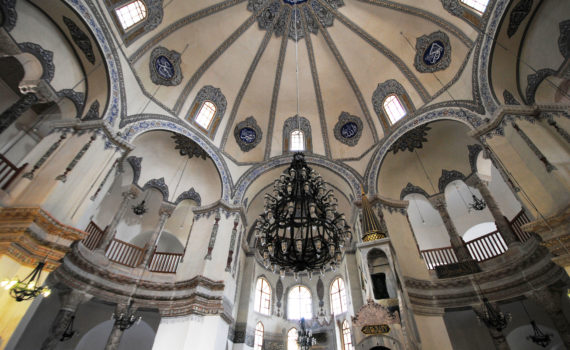
SS. Sergius and Bacchus, preserved as the mosque, Küçük Ayasofya
Before Hagia Sophia, Justinian built this beautiful domed church, now a mosque.
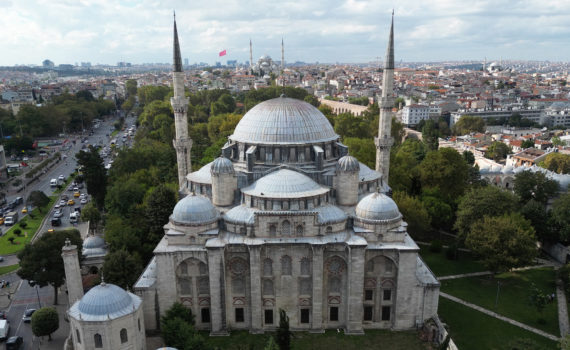
Mimar Sinan, Şehzade Mosque, Istanbul
Sinan, one of the most famous architects in the Ottoman Empire, draws inspiration from the Hagia Sophia and arguably surpasses it
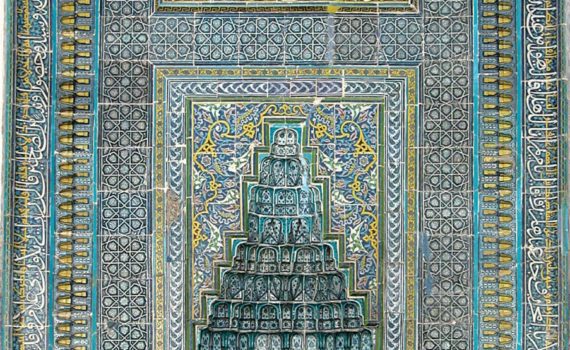
Muradiye Mosque
The Muradiye Mosque's interior is covered with wall paintings and colorful tiles—like a museum of fifteenth-century Ottoman architectural decoration.
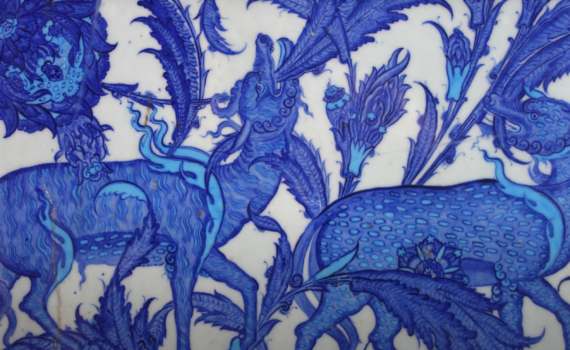
Topkapı Palace tiles
Magnificent blue-and-white tiles adorn this room in the Topkapı Palace, Istanbul.
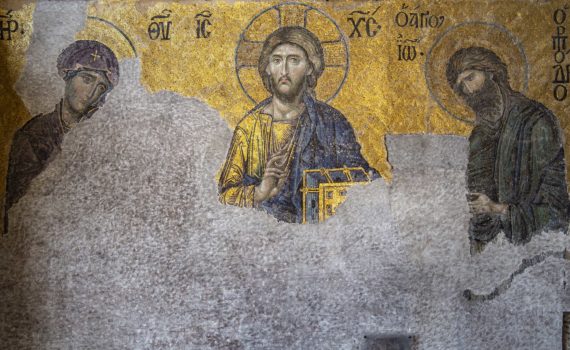
Late Byzantine naturalism: Hagia Sophia’s Deësis mosaic
This mosaic shows how the arts—and an interest in naturalism—flourished in the final centuries of the Byzantine Empire.
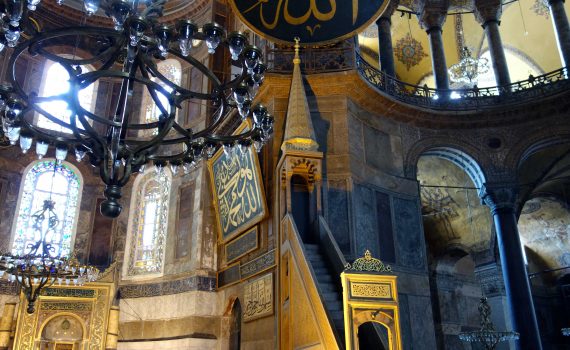
Hagia Sophia as a mosque
After the Ottomans conquered Constantinople, the sultan repurposed this church, adding slender “pencil” minarets.
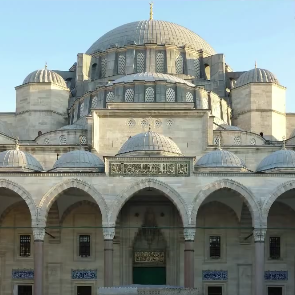
Mimar Sinan, Süleymaniye Mosque, Istanbul
This mosque was the crowning achievement of architect Sinan’s career and a trophy of Ottoman imperial grandeur.
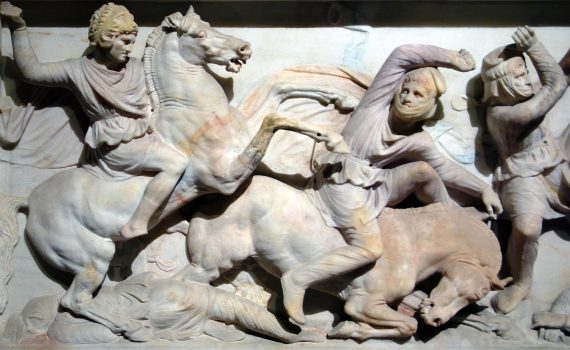
The Alexander Sarcophagus
Alexander the Great conquered the known world, but who was this monument for and what does it symbolize?
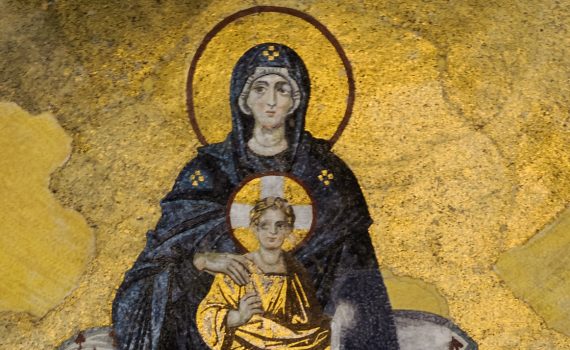
Theotokos mosaic, Hagia Sophia, Istanbul
The size and solidity of this Virgin and Christ reaffirmed the power of images in the wake of Byzantine iconoclasm.
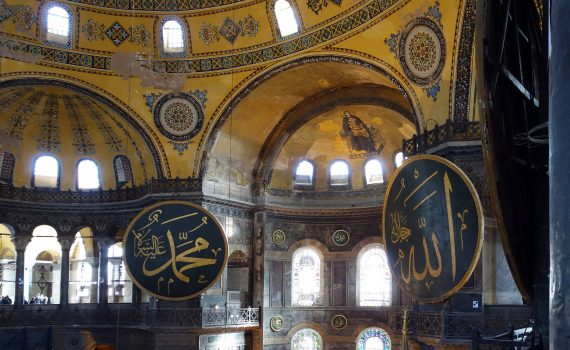
Hagia Sophia as a mosque
After the Ottomans conquered Constantinople, the sultan repurposed this church, adding slender “pencil” minarets.
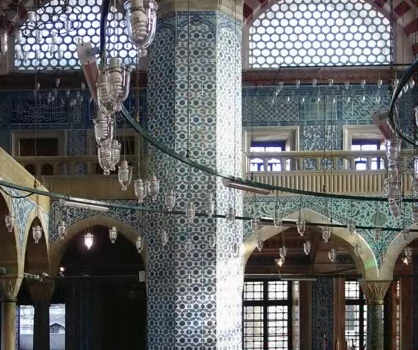
Mimar Sinan, Rüstem Pasha Mosque, Istanbul
Unlike other of Sinan’s mosques, this one is covered with tiles, sits above shops, and is accessed from a stairway.
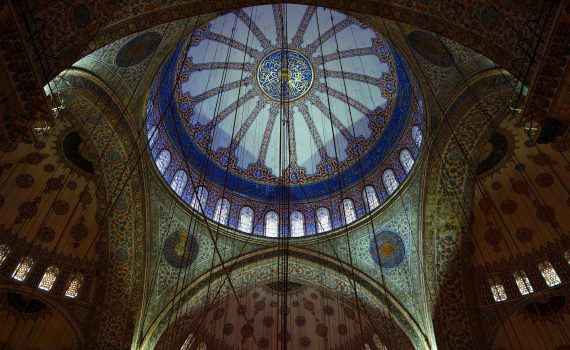
The Blue Mosque (Sultan Ahmet Camii)
With its stacked domes and six minarets, the Blue Mosque dominates Istanbul’s skyline—and the nearby Hagia Sophia.

